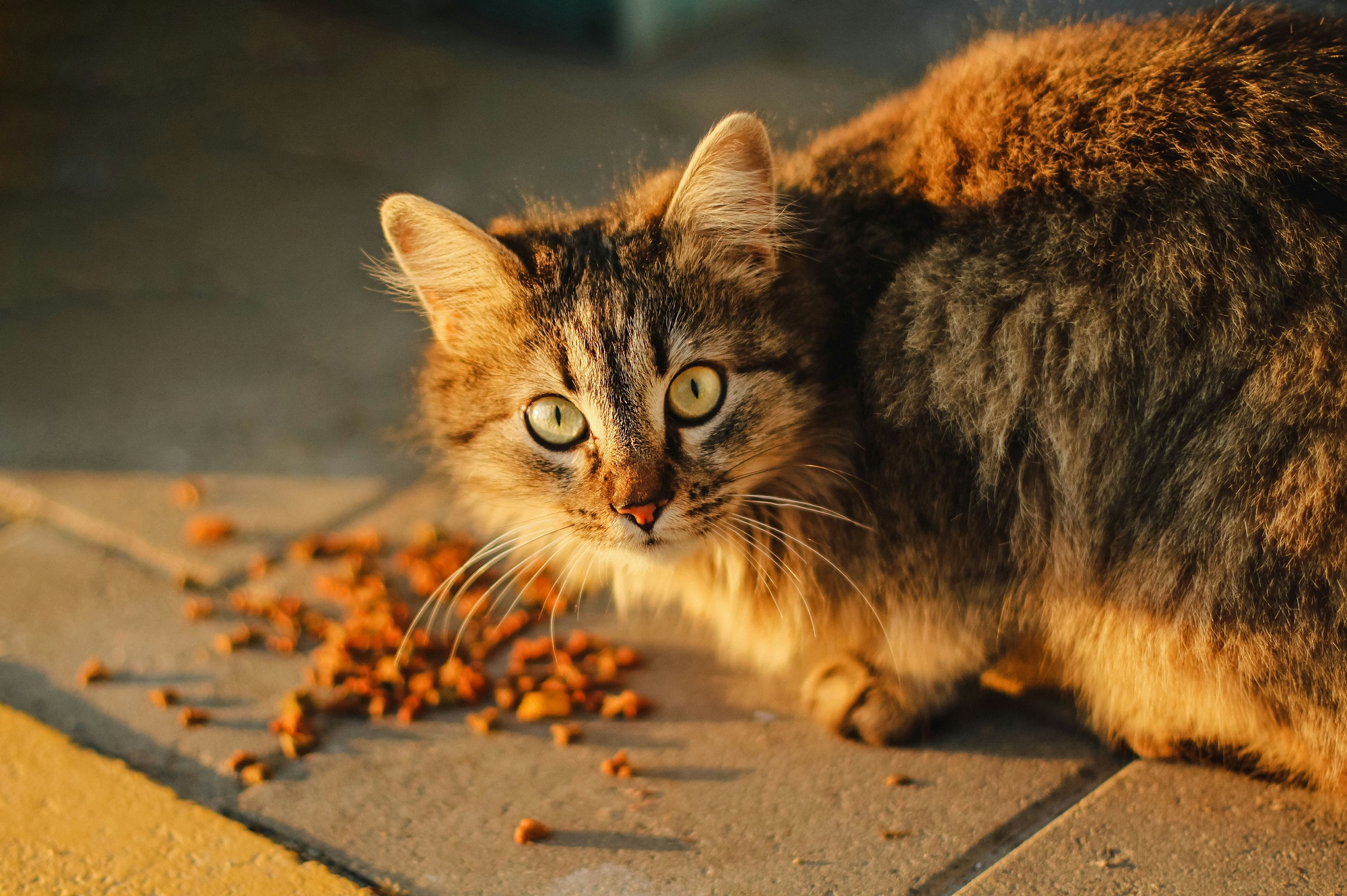Introduction:
- Introduction to Ethical Cat Food Production:
- Establish the importance of ethical sourcing and sustainability in the production of cat food.
Section 1: “Sourcing High-Quality Ingredients”
- Focus on Fresh and Local:
- Highlight how Smalls prioritizes sourcing fresh and local ingredients, minimizing the ecological impact associated with long transportation distances.
- Transparent Sourcing Practices:
- Emphasize Smalls’ commitment to transparency, providing cat owners with information about the sources of ingredients used in their cat food.
Section 2: “Ethical Treatment of Animals in the Supply Chain”
- Animal Welfare Standards:
- Discuss Smalls‘ adherence to high animal welfare standards throughout the sourcing process, ensuring the ethical treatment of animals.
- Cruelty-Free Practices:
- Explore how Smalls avoids practices that involve cruelty to animals, contributing to a more ethical and humane approach to cat food production.
Section 3: “Sustainable Practices in Cat Food Production”
- Reducing Environmental Impact:
- Outline Smalls’ initiatives to reduce its environmental impact, such as minimizing waste and implementing eco-friendly packaging solutions.
- Sustainable Fishing Practices:
- Discuss how Smalls incorporates sustainable fishing practices when sourcing ingredients like fish, contributing to the conservation of marine ecosystems.
Section 4: “Smalls’ Ongoing Commitment to Sustainability”
- Continuous Improvement:
- Highlight Smalls’ dedication to ongoing improvement in sustainability practices, showcasing any initiatives, partnerships, or certifications that demonstrate their commitment.
- Educating Cat Owners:
- Explore how Smalls educates cat owners about the importance of choosing ethically produced cat food and the positive impact it can have on the environment.
Section 5: “Community Impact and Social Responsibility”
- Supporting Local Communities:
- Discuss Smalls‘ involvement in supporting local communities through fair trade practices and partnerships with ethical suppliers.
- Social Responsibility Programs:
- Highlight any social responsibility programs initiated by Smalls that contribute to the well-being of communities involved in the cat food production process.
Section 6: “Transparency and Communication”
- Open Communication with Customers:
- Discuss how Smalls maintains open communication with customers, providing information about their sourcing and sustainability practices to build trust.
Conclusion:
- The Ethical Choice for Cat Owners: Smalls’ Sourcing and Sustainability Initiatives:
- Summarize the key points, emphasizing how Smalls’ commitment to ethical sourcing and sustainability makes it the ideal choice for cat owners who prioritize ethical and responsible cat food production.



